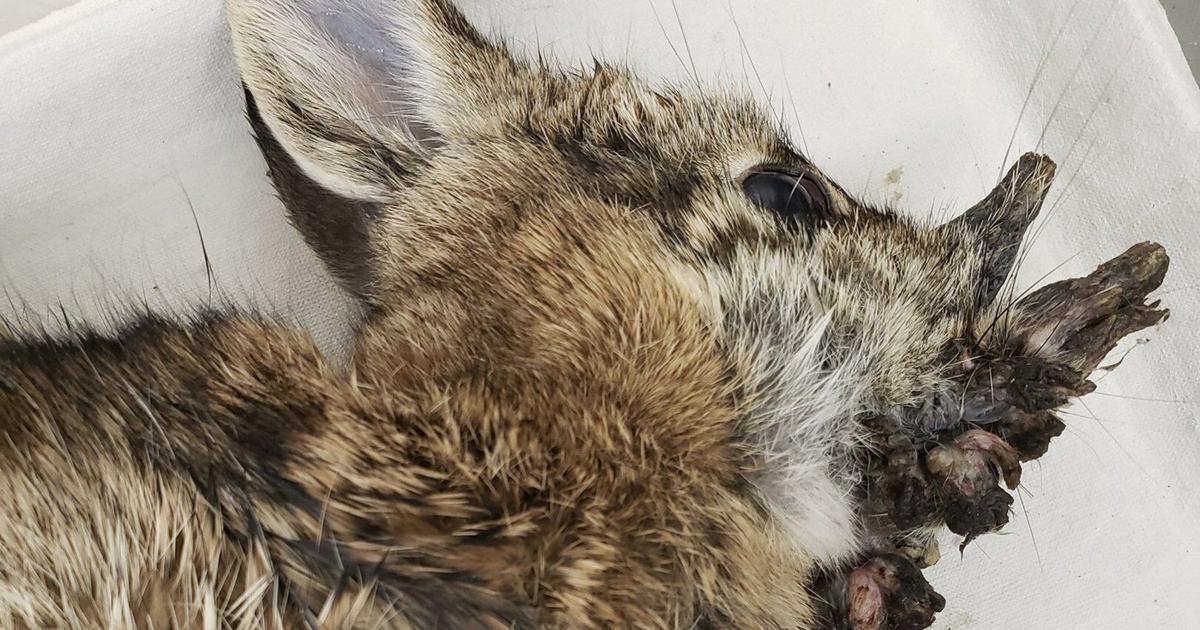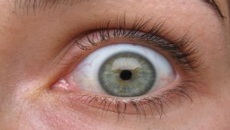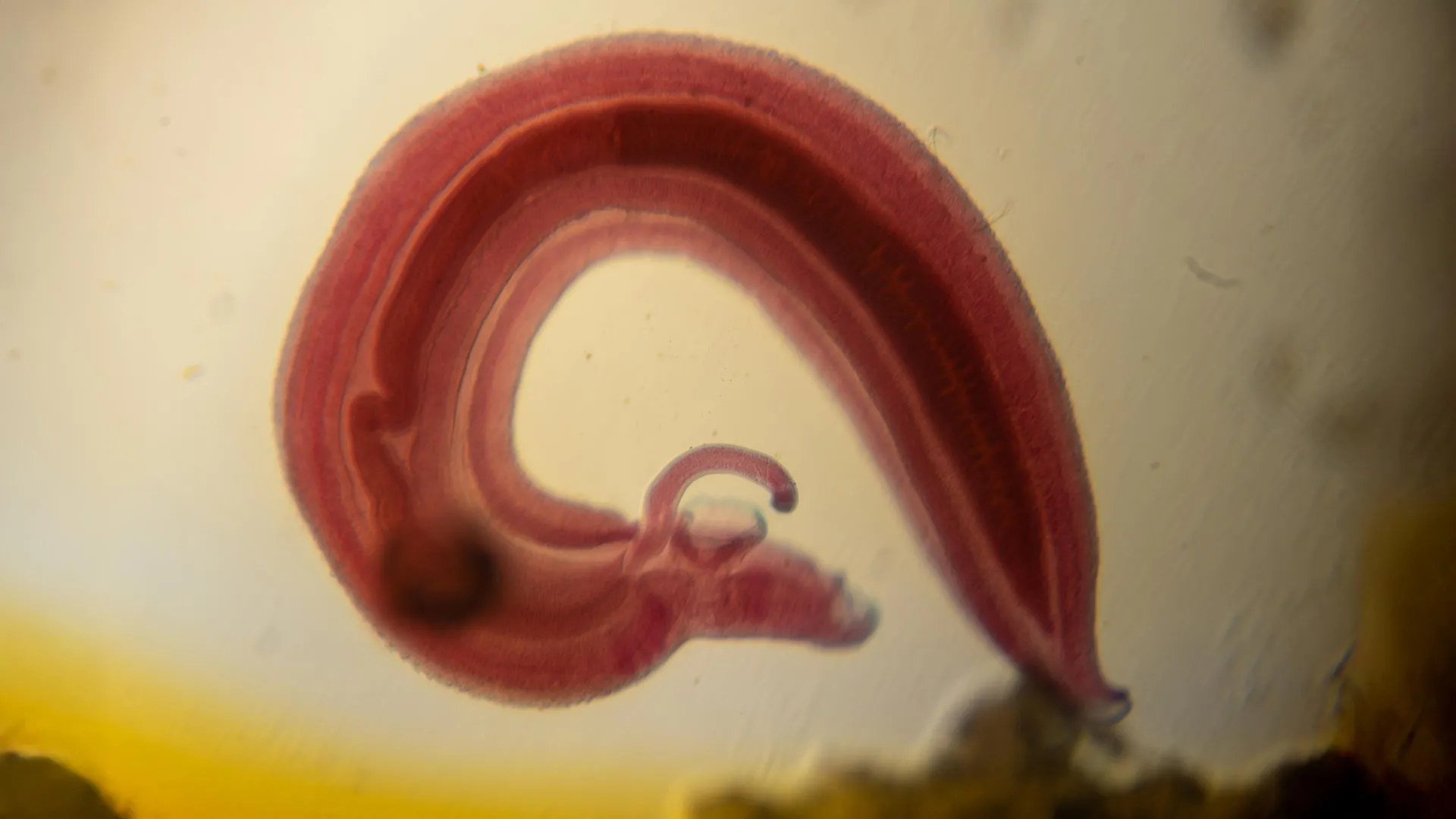You Won't Believe What’s Happening to These Colorado Bunnies!

Imagine walking through your neighborhood and spotting rabbits that look like they just hopped out of a horror movie! In Fort Collins, Colorado, locals are doing a double-take as they encounter bunnies with horn-like growths protruding from their heads. These aren’t just any ordinary bunnies; they are victims of the Shope papillomavirus, a condition that creates wart-like tumors, giving them a rather eerie appearance.
The surreal sight has led to these fluffy creatures gaining some infamous nicknames—think 'Frankenstein bunnies,' 'demon rabbits,' and 'zombie rabbits.' But before you panic, let’s dive into what’s really going on. The Shope papillomavirus, while alarming in appearance, is a well-documented condition that affects rabbits, primarily during the warmer months when fleas and ticks are abundant.
Kara Van Hoose, a spokesperson for Colorado Parks and Wildlife, confirmed to the Associated Press that sightings of these infected rabbits are commonplace. She reassured the public that while these growths can be unsettling, they pose no threat to humans. The virus is only transmissible between rabbits, so there’s no need for alarm on your next picnic.
The growths, which may look like horns as they extend, are typically harmless to the bunnies unless located on their eyes or mouths, which could interfere with eating. The good news? Rabbits have resilient immune systems that can fight off the virus, and once they do, those gruesome growths fade away.
The Shope papillomavirus isn’t a new discovery; it was named after Dr. Richard E. Shope, who identified the virus in Cottontail rabbits back in the 1930s. Interestingly, the appearance of these infected rabbits is said to have inspired the legendary jackalope myth—a fascinating blend of folklore that describes a rabbit with antlers. Not only has this virus affected bunnies, but it also played a crucial role in advancing scientific knowledge about the links between viruses and cancer, similar to the human papillomavirus linked to cervical cancer.
So, while seeing these bunnies might send a chill down your spine, understanding the science behind their condition can certainly warm your heart. They’re just another chapter in the incredible—and sometimes weird—tale of nature!




























